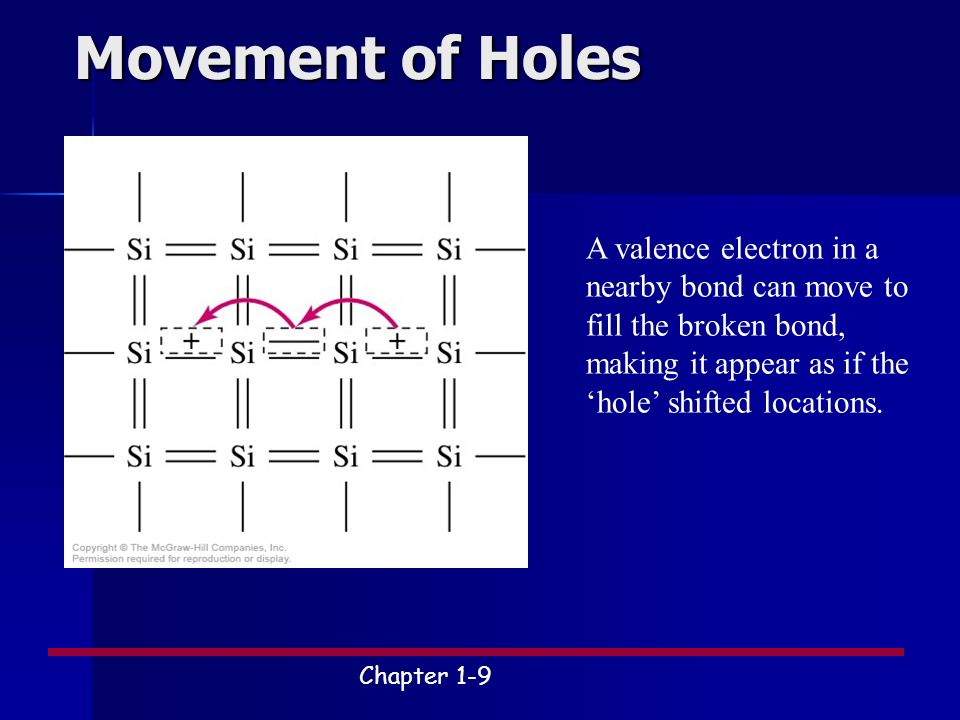What I know about holes:I have read that in any intrinsic semiconductor if electron comes out of the bonded situation between two atoms then the electron is said to be a free electron and is said to possess an energy state in conduction band and the empty space left due to removal of electron due to any reason say temperature reason is called hole and in a collective manner we say electron-hole pair is created.
What I want to ask:Now lets say an intrinsic conductor is doped with an donor impurity say with antimony then out of $5$ antimony electrons $4$ are bonded to the main atom say germanium and the 5th electron is loosely bonded to antimony.Now if we apply say electric field or increase the temperature that loosely bonded electron will be excited from valence band to conduction band. Now my book says in this way a free electron is created without creating a hole. So,my question is
Why won't the hole be created now in the antimony case as the process is similar to what happened in the germanium atom without any doping due to say temperature?


